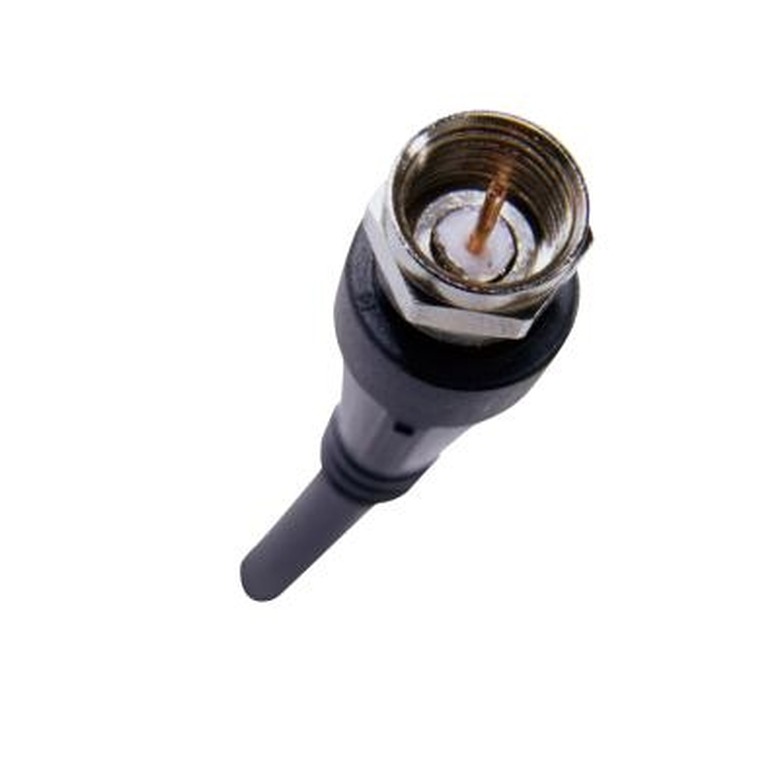Tips To Avoid Interference When Running Coaxial Cables
Coaxial cabling consists of a single copper conductor inside of a braided metal shield surrounded by a plastic outer layer that provides insulation to the cabling. The inner metal shield helps block interference, including electrical and signal, but coaxial cable is still susceptible to interference. When running coaxial cable in your home or business, it is important to keep interference to a minimum to avoid signal loss and data transmission issues.
Twist and Bends
Twist and Bends
When installing coaxial cable through wall cavities, tubing, along flooring and other areas, avoid twisting and bending the cable. This action can crush the inner components of the wire resulting in permanent damage. This damage leads to interference entering the components and causing signal and data loss. Pull the coaxial cable slowly and never bend it around a corner or radius smaller than three inches. If possible, solicit help when installing coaxial cable from a spindle of cabling — the other person can unroll the wire and ensure it is moving smoothly while you are installing the cabling through walls, tubing and other areas.
Coaxial Cable Types
Coaxial Cable Types
Purchase and use quad-shield coaxial cabling to avoid interference from other devices in your home or business. Quad-shield coaxial cable contains an extra inner metal shield that keeps electrical, radio and other types of interference out of the cable. Avoid purchasing inexpensive, thin cabling — this type of coaxial cabling offers little interference protection. Avoid purchasing thinnet coaxial cable, if running coaxial cable for a computer network. This type of cabling is also thin and is extremely susceptible to interference. Instead purchase thicknet coaxial cable, also known as 10Base5. Thicknet coaxial cabling contains an additional protective plastic covering that keeps moisture out of the cable's inner core as well as interference.
Electrical Interference
Electrical Interference
To keep electrical interference from your coaxial cabling, keep coaxial cables and coaxial cable splitters at least six inches from electrical cables. Electrical cables include television, appliance and computer power cables as well as any electrical wires in wall cavities. Electrical interference can also emit from telephone wiring. If possible, use shielded telephone wiring, if installing telephone wiring in a new home or remodel. If you must install coaxial cable close to electrical or telephone wiring, create a 90-degree angle that places the coaxial cable in a curve-like layout over the electrical or telephone wiring.
Staples and Coaxial Cabling
Staples and Coaxial Cabling
When securing coaxial cable, buy and use a cable stapler that places a fastener on the cabling without crushing the cable's inner components. Do not use standard 1/4-inch staples — these are too short and can crush the cabling. Also, do not staple into the cabling with any type of fastener — the metal fastener can cause interference to enter the cabling as well as damage the cabling's inner parts. The looser the stapler or fastener the better when securing coaxial cabling.
Do not place the staples in an even pattern along the cabling. The staples will become a conductor of interference and can lead to signal and data loss, in computer applications, and double imaging in television applications. Space the staples in a random pattern of a simple three-staple layout: one at one end of the cabling, a staple in the middle and one at the end.
Tightening Coaxial Connectors
Tightening Coaxial Connectors
After the coaxial cabling is in place, secure the cabling's threaded coaxial connector to the components coaxial connector using a 7/16-inch wrench instead of tightening the connector with your fingers. This keeps interference from entering through the cable's connector as well as the device's connector. Using a wrench also ensures the cable's connector and the connector on your computer, television or other device is tight resulting in a better transmission of data or television programming.
